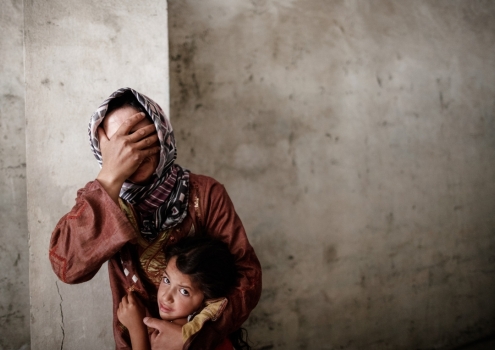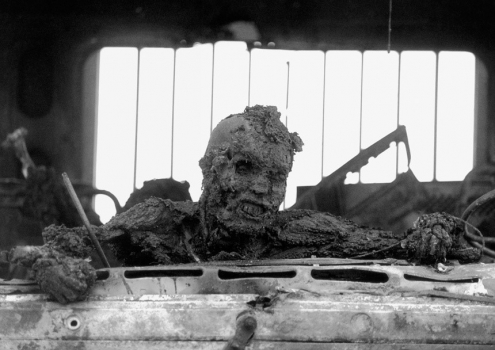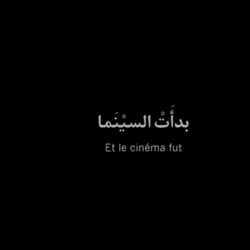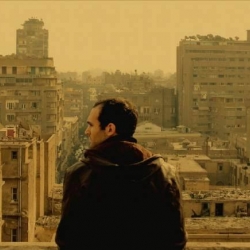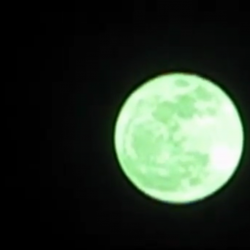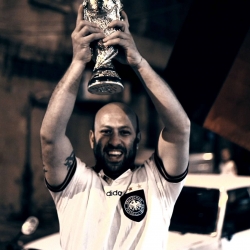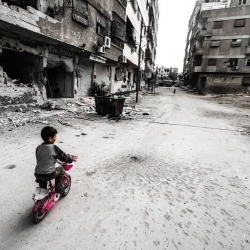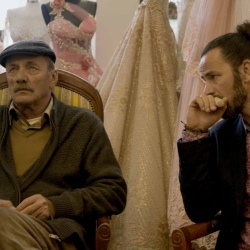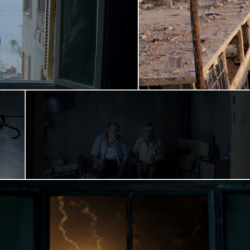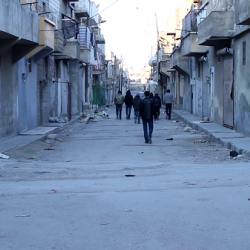Aylan and Omran, or the How the Age of their Image Ended
24/10/2016
Author: Diana Moukalled
In black and white, the man in the picture clutches the truck window. He is charred. For some reason, the flames could not entirely erase his features, so it looks as though he is grinding his teeth, attempting to escape the burning vehicle. But fire was quicker and stronger, confining him as he wrestled with death until the last breath.
The man is an Iraqi soldier whose picture was taken on what is known as the Highway of Death, the road that connects Northern Kuwait to Southern Iraq. This is where, in the 1991 Gulf War, the Allied Forces stroke an Iraqi convoy as it attempted to withdraw.
A few hours after the convoy was hit and the vehicles and bodies of the militants were scattered in the desert, the American photographer Kenneth Jarecke took the soldier’s picture. The picture is an example of war images—combining the cruelty of violence and artistic aesthetics. At the time, Jarecke believed that this picture would change the Americans’ perceptions of the Gulf War. He observes that one could “see clearly how precious life was to this guy, because he was fighting for it. He was fighting to save his life to the very end, until he was completely burned up. He was trying to get out of that truck.”
Jarecke took the picture right before ceasefire was officially declared in Desert Storm, the US-led war that forced the Iraqi president Saddam Hussein to withdraw after he had occupied Kuwait. He returned to the United States believing that the media will rush to publish his picture because it challenged American official narrative about a “clean” war in Iraq. Contrary to what he thought, the picture was not published in the United States, not because of restrictions imposed by US military, but because of the editorial lines of major American networks.
Western, but particularly America media is drawn to a “sanitized” coverage of death. This makes it easier for us to accept the cruelty of war, the true face of which we do not see. For Jarecke, this is precisely what prevented the circulation of the picture: “If we’re big enough to fight a war,” he maintains, “we should be big enough to look at it”.
The picture of the Iraqi soldier challenged what US media had propagated about the Gulf War—that it was a matter of video games and high-precision strikes led by laser technology. And so, restricting the picture of the Iraqi soldier kept Americans from facing that unknown Iraqi “enemy” and learning about his last moments. Whereas tens of thousands of Iraqis were killed during the war—a number that is still an estimate—American public opinion has yet to see pictures of these deaths. Nevertheless, the picture of the Iraqi soldier did not entirely lose its resonance. It appeared in the British Observer, the French Libération, and in American Photo a few months later. And although the picture did trigger controversy, it was too late and its impact was limited. It was hard to imagine the outcome of this picture had it been published in time—whether it could have led to a reaction, strong enough to change the course of events.
The picture of the Iraqi soldier is now part of the collective memory of war pictures that have documented wars for the past century. Memory abounds with iconic pictures that have chronicled violent episodes of world conflicts and transformed them into a visual archive that combines the horror of scenes and photographic skill. It eternalized these historical moments and made it possible for generations to come to interact with them.
Kenneth Jarecke believed that the picture of the Iraqi soldier was capable of changing the course of the war. His consolation is that timing did not do his shot justice and diminished its impact. But what would have happened had the picture been shown then? Would the war have taken a different course?
No one can tell.
It would probably be better not to rely much on a particular picture. Before the picture of the Iraqi soldier, the world witnessed a century of pictures of battles and crises and continues to witness the madness they reveal. But wars have not ceased. Indeed, pictures of wars and death have become a daily fixture after the Internet and social media have transformed the ways in which they reach us and affect us. Today, we are drawn to such pictures that mold our views of the world and its events. Such remarkable pictures are of wars, precisely, of the visual chaos that governs war pictures and transforms our reaction to the original events.
War journalists and photographers share the belief, the obsession and passion, that a particular picture can change the mind of leaders and public opinion regarding an event, even better, that it can change its course. This indeed happened following the publication of several pictures such as those depicting the execution of the Viet Kong detainee in 1968; the naked girl following the 1972 napalm attack; the horrors of the war in Bosnia; and later, the torture in Abu Ghraib. These are only a few instances of shocking pictures that helped transform public opinion and ultimately the course of events.
This does not change the fact that more than 200 million people have been killed in wars that are documented by thousands of pictures. Behind cameras are photographers under the illusion that the publication of such scenes will reveal the truth and make a significant difference. With time, the assumed connection between pictures of violence, wars, and human rights values grew stronger.
All of this happened before the war in Syria, where pictures lost the power to induce change. Scenes from Syria abound with violence and compete to reveal its horrors: beginning with torture pictures and not ending with those depicting murders, starvation, chemical warfare, among other horrors we experienced, saw, heard, and at times watched live. And yet, this flow of pictures could not end violence, not even limit it.
Before the war in Syria, when events became too surreal, people stopped believing them. But with the Syrian revolution, which eventually splintered into small and big wars, the world was flooded with tens of thousands of pictures, each of which revealing a rough story. We ought to understand what we mean when we say that there are thousands of pictures in Syria. Suffice to say that, to this day, Getty Images has collected around eighty thousand pictures on the war in Syria, all chosen for their documenting value. And yet, it is hard to say that there are pictures and footage that are indeed able to show us the ongoing trials of Syrians.
Among the thousands of Syrian pictures depicting the great horrors that the regime or some militias have committed, two pictures emerged in 2015 and later in 2016. The first is that of the child Aylan Kurdi who drowned as his family attempted to flee to Europe by sea. The waves washed him to the Turkish shore, where his famous picture was taken. The picture transformed global opinion and triggered considerable sympathy towards refugees. Then came the second picture of Omran, the boy from Aleppo who survived the barrel bombs on his building and appeared covered in white dust, dazed by the shock, unable to speak or even cry.
Among all pictures coming from Syria, those of Aylan and Omran circulated and were debated the most and had most impact—so much that we were under the illusion that, considering the outburst of sympathy they triggered, something will happen to end suffering in Syria. Soon, however, their impact decreased and Syria continued to overwhelm us with death in its numerous forms.
Humans are undoubtedly most moved when they imagine their children in the real scenes they see. This is what happened with the pictures of Aylan and Omran, both of which give viewers the chance to empathize and imagine. No child deserves to drown and be washed to the shore like Aylan was or to be alone, scared, and wounded like Omran was. These shots reveal not only the impossibility of fathoming the magnitude of suffering in Syria, but also the inadequacy of pictures.
Had these pictures been adequate, something would have happened to end the war.
As expected, interest soon faded after the world had enough of the Aleppan child Omran. And so, we returned to our lives intercepted by starvation, killings, pictures, and footage that move us, ones that we share on Facebook to appease our conscience—that at least we did something. And then we resume our lives.
If Kenneth Jarecke consoled himself that the picture of the Iraqi soldier could have changed the course of the war, he ought to look closely at Syria’s pictures that have only confirmed the world’s feeling of paralysis.
This article was translated from Arabic, click here for the arabic text.



